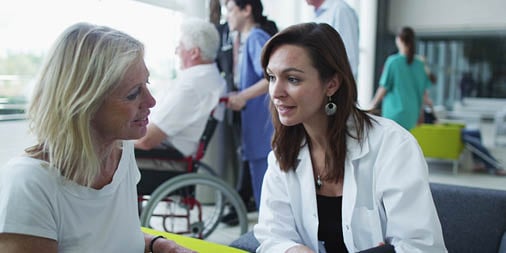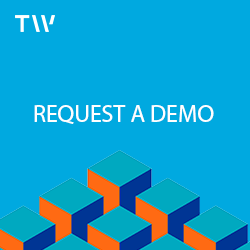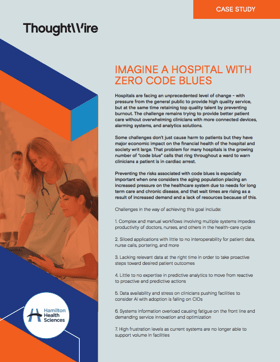Health systems and hospitals are under tremendous pressure. Every day, hundreds of patients with illness or injury come through their doors, and staff do everything in their power to make sure every individual’s care is of the highest quality possible. Due to this responsibility, hospitals must operate more cost effectively and efficiently with the ultimate end goals of increased patient satisfaction and outcomes.

When the Internet of Things (IoT) was first used in the medical sphere, it was heralded as the answer to this problem. IoT can provide some answers, but by itself it is only a half-solution – without a people-driven approach, disparate systems can’t effectively “talk to each other” and be used to unlock savings and realize value. CMIOs, CNOS, and COOs within health systems are faced with the challenge of utilizing data and emerging technology to transform hospitals into more patient centric and value based delivery organizations.
This is no small feat. Many challenges exist today, including the variety of siloed systems required to manage hospital operations, alert fatigue caused by information overload, a lack of automated communication, and the overwhelming sense that you’re not doing enough to preempt high acuity events like code blues.
Despite these challenges, health systems manage - resourceful clinicians and staff find ways to make their chaotic environments work for them. At ThoughtWire, we want to help make it easier to do more with existing systems, with no need to retrain staff on entirely new workflows. We want to augment the intelligence of an already resourceful team and current technology investments to help drive better patient outcomes.
Removing bottlenecks and inefficiencies
In many hospitals there are a number of inefficiencies that get in the way of delivering the best patient care. For many hospitals the biggest bottleneck can often be the documentation of vitals. Subtle changes in vitals, previously manually recorded by nursing staff and clinicians may indicate patient deterioration has begun before physical symptoms become evident.
Using a process-driven and people-focused approach to developing new technology, this doesn’t have to be the case. By incorporating ThoughtWire’s EarlyWarning application system, nurses can either automate vitals capture or input and track vital signs directly into the patient’s record via mobile devices and, as a result, cut out crucial minutes or hours between recording and uploading.
Operationalizing data in real-time is key
To solve the problems facing a health system you have to go beyond removing bottlenecks - you need to equip the frontlines of that organization with real-time information to react fast or act before something happens. The ability to closely track patient vitals with IoT has existed for some time now – however, it has needed a central, software-agnostic point of command via a Digital Twin Technology system to realize its full potential.
A Digital Twin can help transform hospital operations to become digitally enabled with smart applications that augment the intelligence of the domain experts - such as clinicians and hospital staff. In the past, it was difficult to keep track of who and what is where at any given time; this can lead to beds being left empty longer than need be, incurring costs and leading to longer patient wait times than necessary.
Using Digital Twin technology, such tasks as checking patients in and out of rooms can be done easily and digitally. Now, with ThoughtWire’s SynchronizedOps application, hospital beds can be quickly turned around and serviced as soon as they are vacating – making room for new patients and ensuring that they’re cared for much more quickly. Using this approach, one hospital has realized a 900% improvement in cost savings. This directly translates into benefits for the hospital as well as the overall patient experience.
Bringing it all together in a single solution
We’ve all heard of the hype around AI, ML, and MI but here’s how it’s put to work practically. Rather than struggling with multiple applications with entirely disparate databases of information with no way to tie it into real-time IoT data, why not leverage a suite of applications built on the same foundation - The Smart Hospital Digital Twin. With apps that rely on the same underlying data foundation you’re able to pass on the learning from one system to another, constantly learning, tuning, and relearning about your operations and the behaviours of your frontline staff. This is how you go from incremental digital process innovation to true transformation - unlocking the unrealized value of all the data that exists within your health system today.
A process-driven, people-focused approach with Digital Twin technology allows hospitals to unlock the true potential of IoT. Using ThoughtWire’s technology, your hospital will be able to increase operational efficiencies, reduce costs, and most importantly of all, improve the patient experience.
To learn more about ThoughtWire’s unique approach to Operations Performance Management download the CMIO’s guide to OPM ebook.




